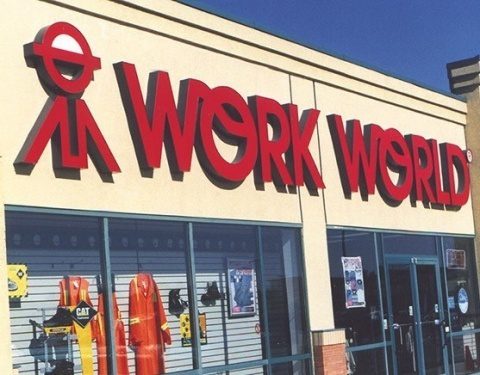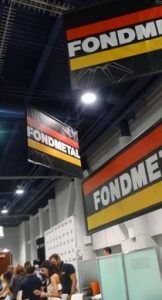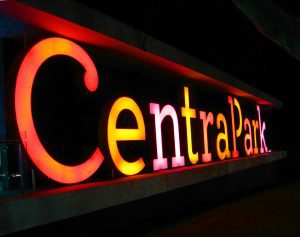Blog

Retail brands utilize innovative signs to attract attention to the products they have on offer. POP signs can either be traditional or modern.
Traditional POP Signs.
Traditional POP signs don’t necessarily mean old-fashioned or outdated. Several popular brands are using traditional POP signs, but in ways that are new and creative. This has the effect of putting a fresh twist on displays that have been featured in retail stores for many years.
Notable traditional POP signs are carton cutouts that inform potential clients, build brand awareness and most importantly, attract attention. Another good example of traditional POP signs is three chocolate bars for three dollars that works very well for impulsive buyers.
Floor graphics are a good example of how traditional POP signs have been made more creative. It’s a technique that is especially effective with products for children.

Modern POP Signs.
Modern point-of-purchase signage has widely been adopted and has become famous because of its effectiveness. It is majorly characterized by the incorporation of interactive digital signs into a point of purchase displays. Modern POP signs are innovative and slick presentations and can be the following:
- Digital wall displays
- Backlit walls
- Front and side interactive screens with many styles and variations.
Many retail stores are pushing the boundaries of POP signs by strategically utilizing the space outside their doors. This allows potential clients to interact with a particular brand by letting them enter the brand’s world and consequently the retail store.

Contact the Experts.
All in all, there are more similarities between traditional POP signs and modern POP signs than there are differences. They might differ in technology, but this is well compensated for in both execution and creativity.
Both forms of POP signage are a positive inclusion in the brand’s marketing material. Interested clients can contact the customer care executives of Salient Sign Studio for effective point of purchase signs.






